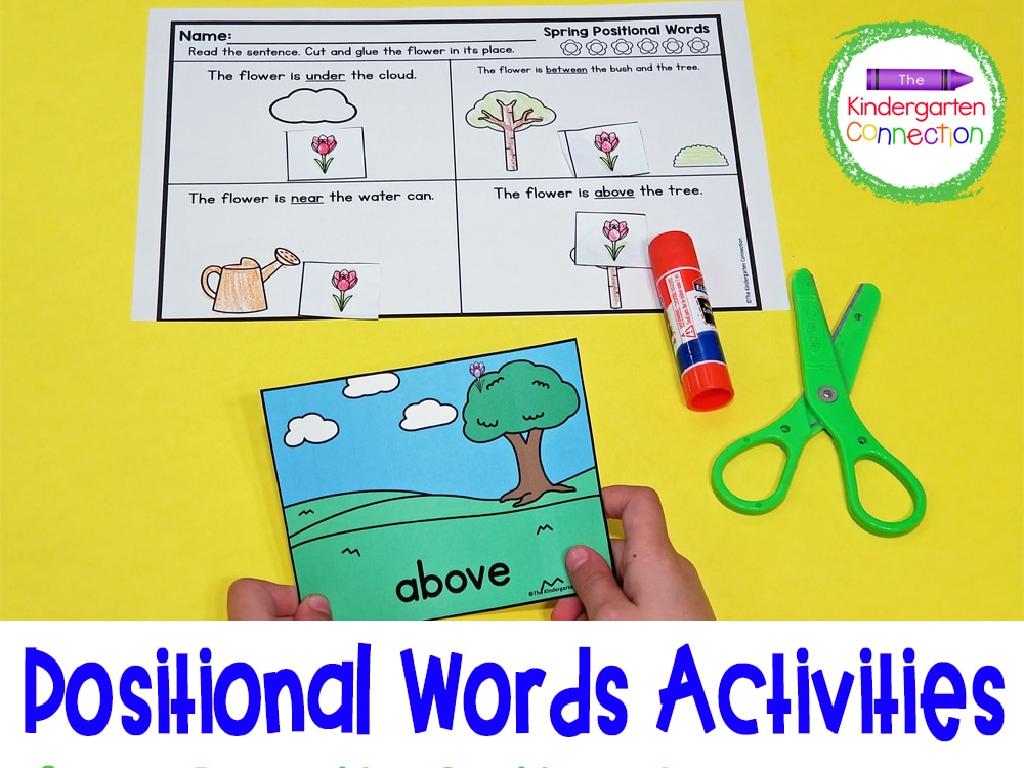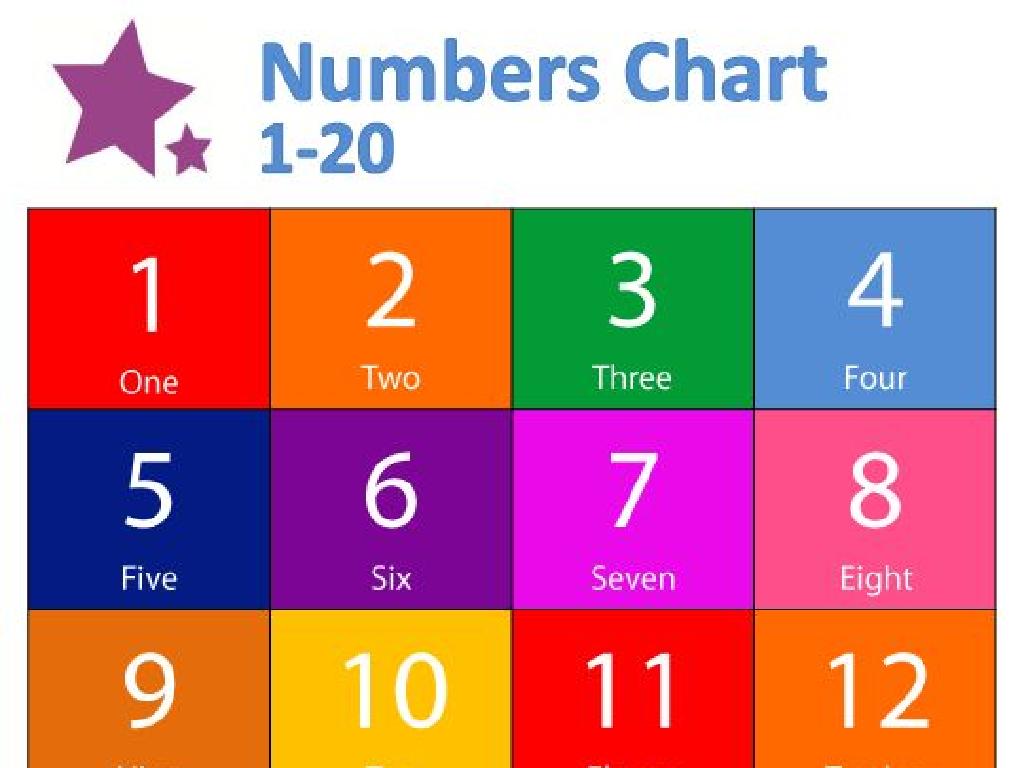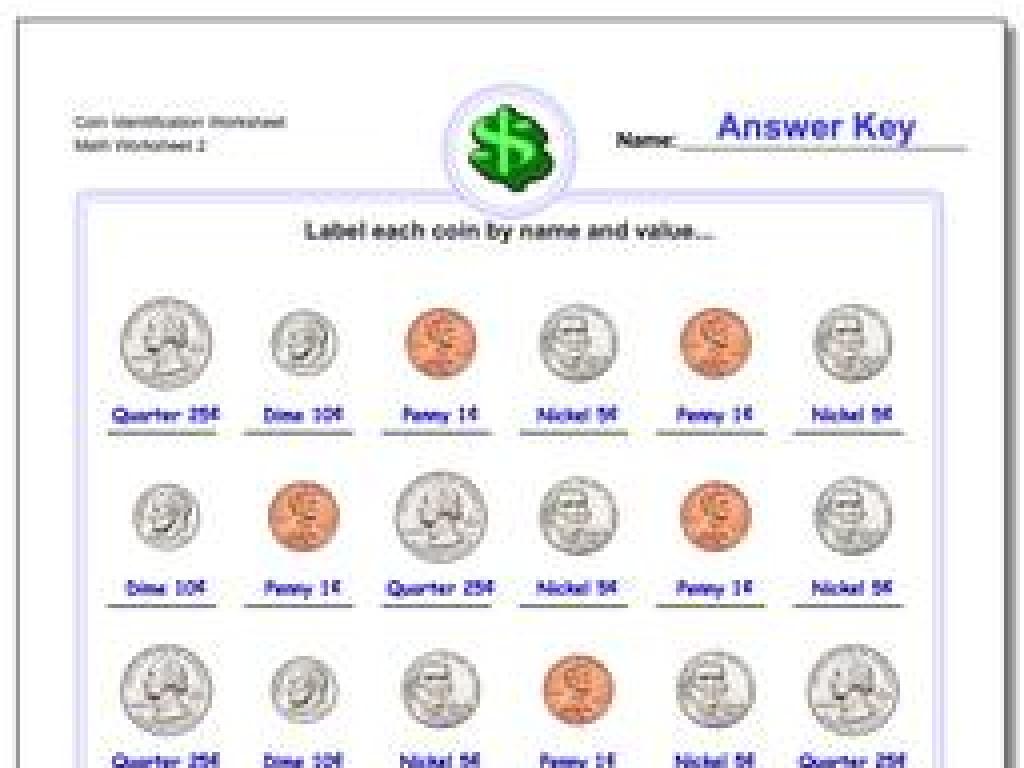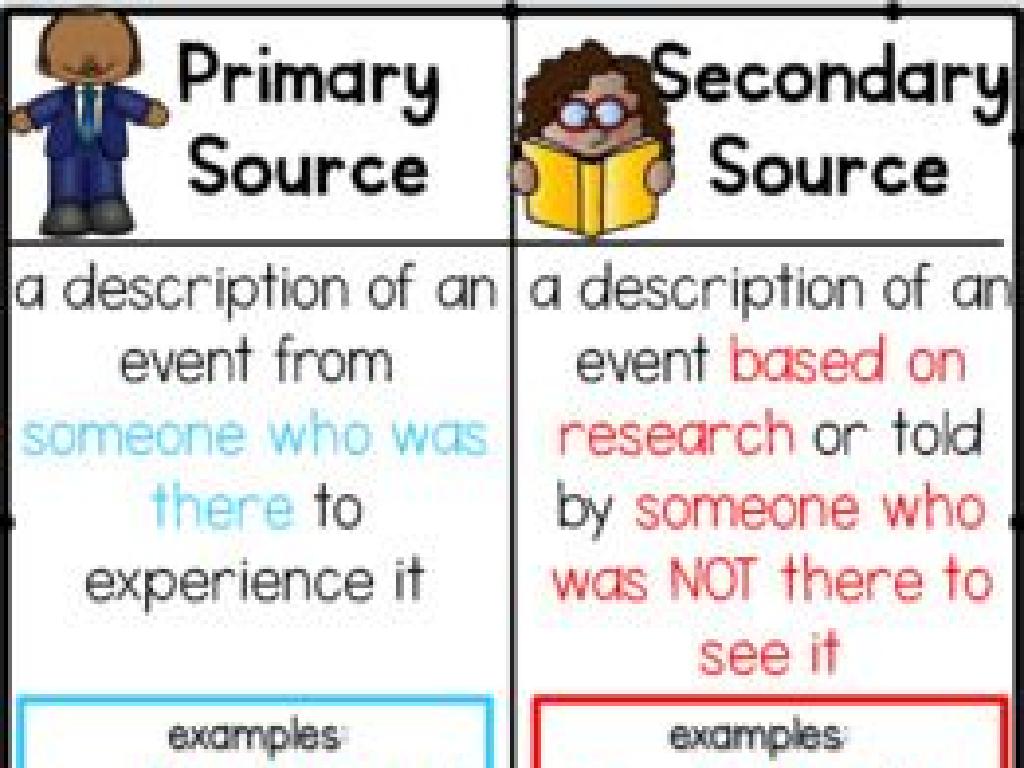Choose The Correct Digraph
Subject: Language arts
Grade: First grade
Topic: Consonant Blends And Digraphs
Please LOG IN to download the presentation. Access is available to registered users only.
View More Content
Welcome to Digraphs!
– Digraphs are special letter friends
– Two letters make one sound together
– Examples: ‘sh’, ‘ch’, ‘th’, ‘wh’
– ‘sh’ as in ‘ship’, ‘ch’ as in ‘chop’, ‘th’ as in ‘thin’, ‘wh’ as in ‘whale’
– Let’s listen to digraph sounds
– We’ll practice saying digraph sounds as a class
|
Introduce the concept of digraphs to the students by explaining that they are pairs of letters that come together to make a single sound, much like friends holding hands. Use common examples like ‘sh’, ‘ch’, ‘th’, and ‘wh’ to illustrate the concept. Engage the class by asking if they can think of any words that contain these sounds. Play audio clips of the digraph sounds and have the students repeat after you to reinforce their learning. Prepare to demonstrate how each digraph is used in a word and encourage the students to listen carefully to the sounds each digraph makes.
Exploring Digraphs
– What’s a digraph?
– Two letters making one sound
– ‘ch’ makes a sound like a train
– As in ‘chair’, ‘cheese’, ‘cherry’
– ‘sh’ sounds like a whisper
– As in ‘ship’, ‘fish’, ‘wish’
– ‘th’ like you’re blowing a kiss
– As in ‘thumb’, ‘three’, ‘bath’
|
Introduce the concept of digraphs to the students by explaining that a digraph is a pair of letters that come together to make a single, distinct sound. Use common examples like ‘ch’, ‘sh’, and ‘th’ to illustrate this concept. Encourage the students to repeat the sounds after you to practice and reinforce their learning. Provide visual aids or props if possible to help them associate the sounds with the digraphs. For example, show a picture of a chair when discussing ‘ch’ or a ship for ‘sh’. Make the learning interactive and fun by having them mimic the sounds in a playful manner.
Meet the Digraphs
– ‘ch’, ‘sh’, ‘th’, ‘wh’, ‘ph’ introduction
– Examples: ‘ch’ as in ‘chair’, ‘sh’ as in ‘ship’
– Each digraph makes a special sound
– ‘th’ sounds like in ‘think’, ‘wh’ in ‘whale’, ‘ph’ in ‘phone’
– Practice with fun words
– Words like ‘cheese’, ‘shark’, ‘thumb’, ‘whale’, ‘dolphin’
– Listening and repeating activities
|
Introduce the concept of digraphs to the students by explaining that a digraph is a combination of two letters that make one sound. Present the digraphs ‘ch’, ‘sh’, ‘th’, ‘wh’, and ‘ph’, and articulate their unique sounds. Use visual aids and props to help students associate the sounds with the letters. Engage the class in a fun practice session with words that include these digraphs, encouraging them to listen and repeat after you. This will help them recognize and pronounce digraphs correctly. Plan a variety of listening and repeating activities, such as a ‘digraph hunt’ in their favorite books or matching games with digraph words.
Listening Game: Spot the Digraph!
– Listen to the word I say
– Identify the digraph in the word
– Example: ‘ship’ has ‘sh’
– ‘sh’ is the sound at the beginning of ‘ship’
– Get ready to tell me your answers!
|
This interactive listening game is designed to help first graders recognize digraphs, which are pairs of letters that create a single sound. As the teacher, you will say words out loud, and the students will identify the digraphs they hear. Before starting, explain what a digraph is and give a few examples. Make sure to articulate words clearly and give students enough time to think. You can use words like ‘chat’, ‘thick’, ‘whale’, and ‘phone’ for this activity. Encourage participation and praise correct answers to build confidence. If a student struggles, guide them gently to the correct answer by repeating the word and emphasizing the digraph sound.
Digraph Matching Game
– Match digraphs to pictures
– Drag ‘ch’ to a chair image
– Connect ‘ch’ sound to the chair
– Find other digraph matches
– Look for ‘sh’, ‘th’, ‘wh’ in other pictures
– Can you match them all?
|
This interactive slide is designed for a fun matching game to help first graders recognize and learn digraphs, which are pairs of letters that create a single sound. The activity involves dragging the digraph ‘ch’ to a picture of a chair, reinforcing the association between the sound and the image. Encourage students to find other digraphs like ‘sh’, ‘th’, and ‘wh’ and match them with corresponding pictures. This activity will help students with phonemic awareness and the ability to decode words. For the teacher: Prepare various pictures that represent common digraphs and ensure the drag-and-drop functionality is working. Monitor the students as they engage with the activity and provide assistance if needed. After the activity, review the correct matches as a class.
Choosing the Right Digraph
– Help words find their digraph pairs
– Which digraph fits? ‘___air’
– Think about how the word sounds
– Is it ‘sh’, ‘ch’, or ‘th’?
– Choose the sound that matches the word
– Let’s fill in the blanks together
|
This slide is designed to engage first-grade students in understanding and applying their knowledge of digraphs. A digraph is a pair of letters that make one sound, such as ‘sh’ in ‘ship’. Start by explaining what digraphs are and provide examples. Then, present the activity where students will determine the correct digraph for the given word ‘___air’. Encourage them to say the word out loud and listen for the digraph sound. After they make their choice, reveal the correct answer (‘ch’ to form ‘chair’) and praise their efforts. This interactive approach helps solidify their understanding of digraphs in a fun and practical way.
Digraph Detective Activity
– Become a digraph detective!
– Find digraphs in displayed words
– Look for pairs like ‘sh’, ‘ch’, ‘th’, ‘wh’
– Circle digraphs in your book
– Use a pencil to gently circle them
– Share your findings with the class
– Be ready to tell us what you found
|
In this activity, students will practice identifying digraphs, which are pairs of letters that create a single sound, such as ‘sh’ in ‘ship’ or ‘ch’ in ‘chair’. Provide words with clear digraph examples and instruct students to circle them in their books. This will help reinforce their understanding of digraphs in a fun, interactive way. After the activity, ask students to share the digraphs they found and discuss any challenges they faced. This will also serve as an informal assessment of their understanding. Prepare a list of words with digraphs suitable for first graders, such as ‘shop’, ‘chat’, ‘that’, and ‘when’.
Create Your Own Digraph Words
– Understand what a digraph is
– Two letters that make one sound, like ‘sh’ in ‘ship’
– Choose a digraph for your word
– Pick from ‘ch’, ‘sh’, ‘th’, ‘wh’
– Think of a word with your digraph
– Use your digraph at the start, middle, or end of a word
– Draw your word and get ready to share
– Drawing helps us remember our new words better
|
This slide is for a class activity where students will apply their knowledge of digraphs by creating their own words. Start by explaining what a digraph is and provide examples. Then, have students choose one digraph and think of a word that contains it. Encourage creativity in their word choice. Afterward, students will draw a picture of the word they’ve chosen, which will help reinforce their understanding and memory of the word. Prepare to facilitate a sharing session where each student can present their word and drawing to the class, fostering a fun and interactive learning environment.
Class Activity: Digraph Bingo!
– Let’s play Digraph Bingo together
– Listen for words with your digraph
– Digraphs are pairs like ‘sh’, ‘ch’, ‘th’
– Cover the digraph on your Bingo card
– Shout ‘Bingo!’ when all are covered
|
This interactive activity is designed to help first graders recognize and learn different digraphs, which are combinations of two letters that create one sound, such as ‘sh’, ‘ch’, ‘th’, ‘wh’, and ‘ck’. Prepare Bingo cards in advance with a variety of digraphs on them. As you call out words that contain these digraphs, students will listen carefully and cover the corresponding digraph on their cards. The first student to cover all their digraphs and shout ‘Bingo!’ wins. Possible variations of the game could include using pictures instead of words for students to identify the digraph sounds, or playing in small groups where students take turns calling out words. This activity promotes active listening and quick recognition of sounds, which are key skills in reading development.
Review and Goodbye: Digraph Discoveries
– Celebrating our digraph learning
– Share one digraph we learned
– Examples: ‘sh’ in ship, ‘ch’ in chair
– Digraphs are special letter pairs
– They make a single sound together
|
As we wrap up today’s lesson, it’s important to reinforce the concept of digraphs to ensure retention. Start by praising the students for their hard work. Then, engage them by asking if they can recall any digraphs they’ve learned. This encourages participation and allows you to assess their understanding. Remind them that digraphs are two letters that come together to make one unique sound, which is different from the sounds the letters make individually. For the activity, you can have students draw or write down the digraphs they remember, or even use flashcards for a quick review game. This interactive conclusion helps solidify the day’s learning and ends the lesson on a high note.






